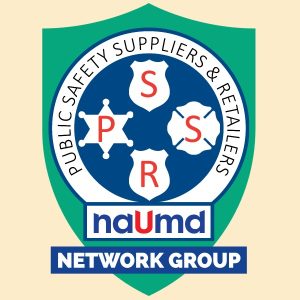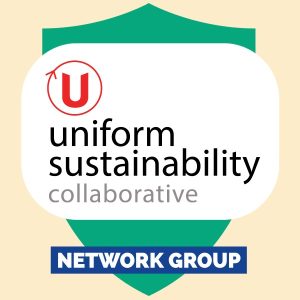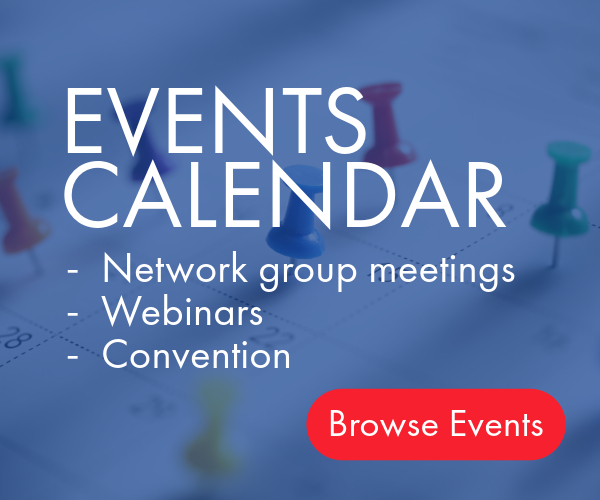More and more companies are using AI for their services and products. Even in the workwear industry, the possibilities seem endless. For example, a Japanese exhibition recently had its workwear developed with the help of AI, resulting in a unique clothing set. But there are other companies that have also discovered the convenience of this new technology.
Prints and Patterns Through AI Technology
The World Expo 2025 in Osaka, Japan, has found a remarkable location: a pavilion in the open air. But what is the best thing to wear when you might be faced with varying weather conditions for six months? Especially in Japan, where summers can be dangerously hot, and there can be torrential rainfall.
Outdoor clothing brand Goldwin Inc. collaborated with designer Yuima Nakazato for this purpose. For the print on the clothing, Nakazato was inspired by a photo he took in the south of France, showing the bright sun shining through the leaves. He combined this photo with a dotted image and used AI imaging technology to randomly repeat this print. AI technology was also used to develop the patterns and their placement on the fabric. This ensured that each garment was unique, as the design wasn’t based on a repetitive pattern but on using the fabric as efficiently as possible, which minimized fabric waste.
By making the uniforms customizable in different ways, employees could choose how to wear them based on the temperature and their personal style. Specially developed fabric was used to enhance UV protection and the speed at which sunlight reflects off the material. Because this fabric is made from 76% recycled material (from PET bottles collected in Japan), it is also sustainable.
Endless Solutions with AI
In recent years, several companies in the workwear industry have demonstrated how AI can be used for work. For instance, Dutch textile supplier MEWA, in collaboration with the German Fraunhofer Institute, developed an AI-powered testing procedure for high-visibility (HIVIS) clothing. Through an automated inspection process, clothing can be checked after cleaning to ensure the fabric still meets visibility requirements.
AI has also played a major role in the collaboration between Dutch textile supplier Elis, the German body scan app Sizekick, and their compatriot Hohenstein, known for its textile innovations. These three parties used AI to create a system that can determine and transmit body measurements in just a fraction of a second, based on images.
Fortunately, this new technology doesn’t have to be so complex to help with your work. For example, American workwear supplier Gore-Tex uses it to create visuals. Where you once had to make sketches, collages, or digital drawings to show what the final result would look like, you can now simply ask AI to do this for you.
It’s clear: we are still at the beginning of AI development, but its ability to help us is undeniable.
Photo credit: ©YUIMA NAKAZATO & Goldwin Inc.




















